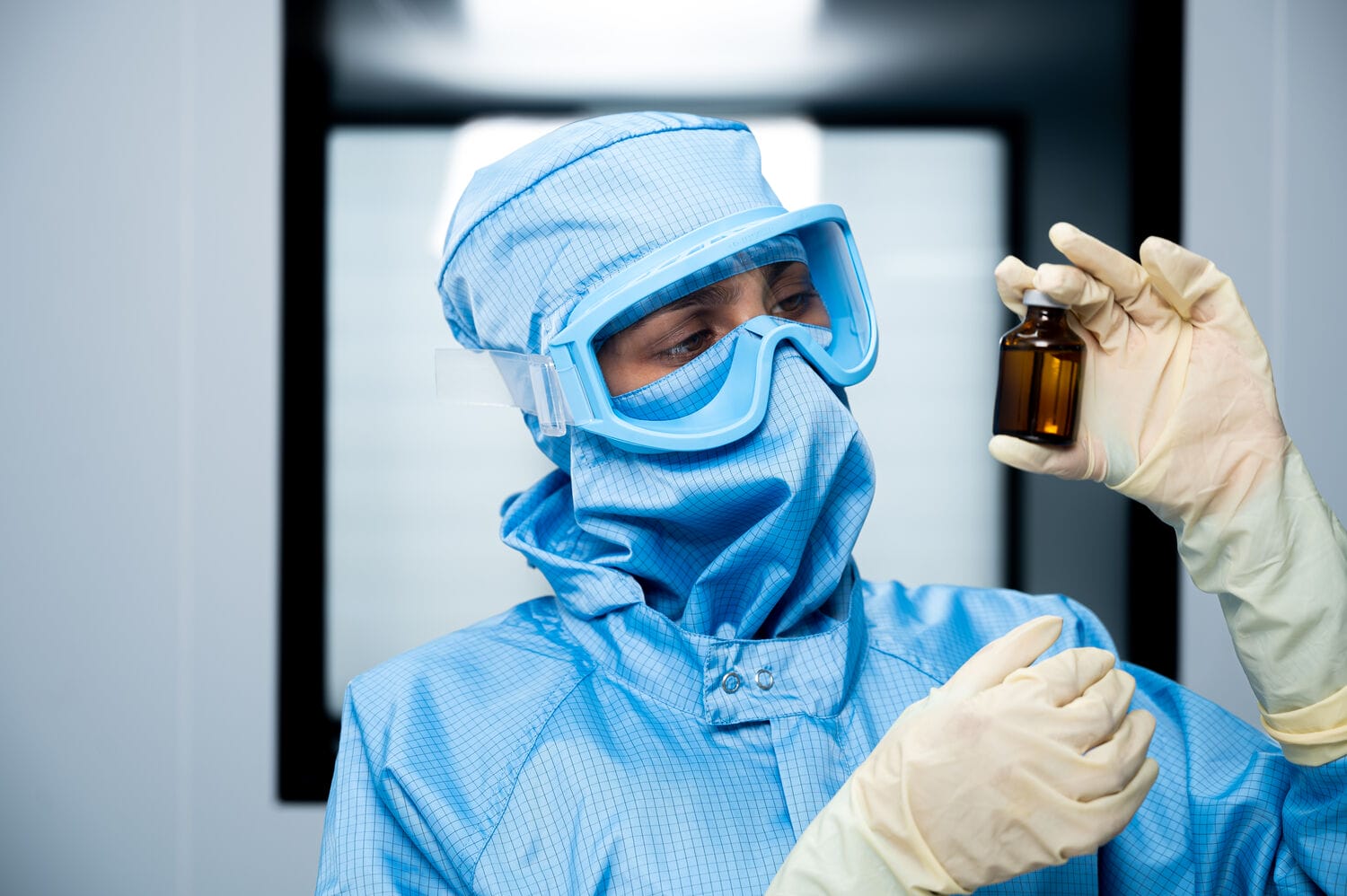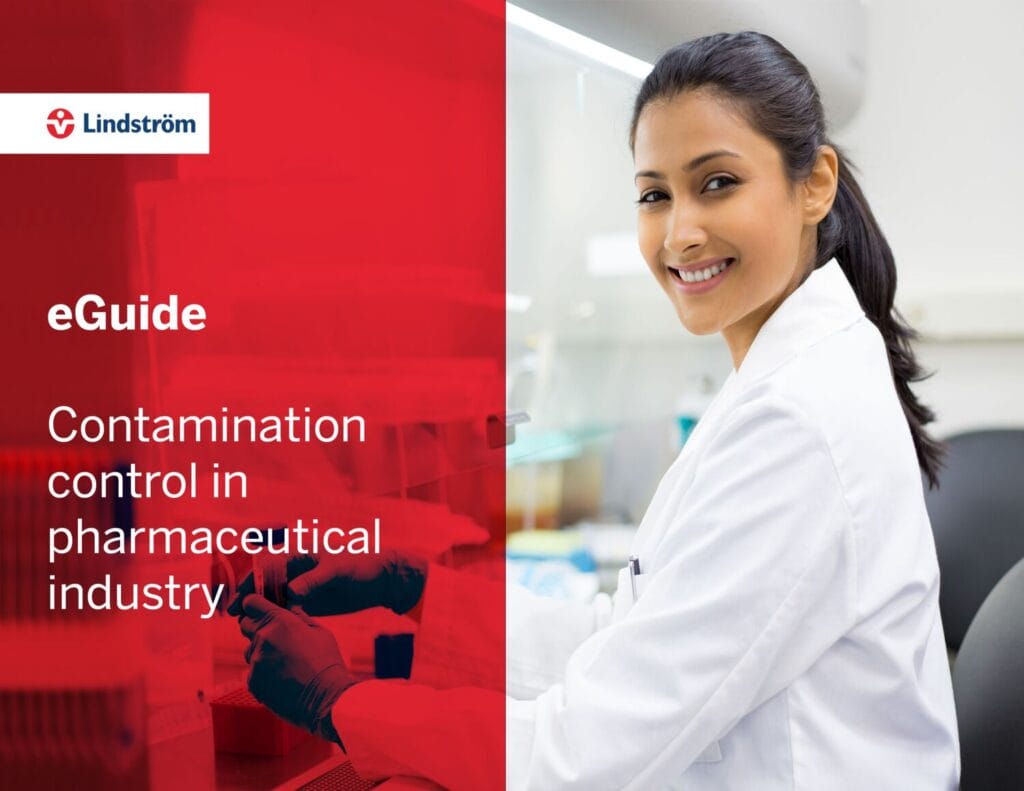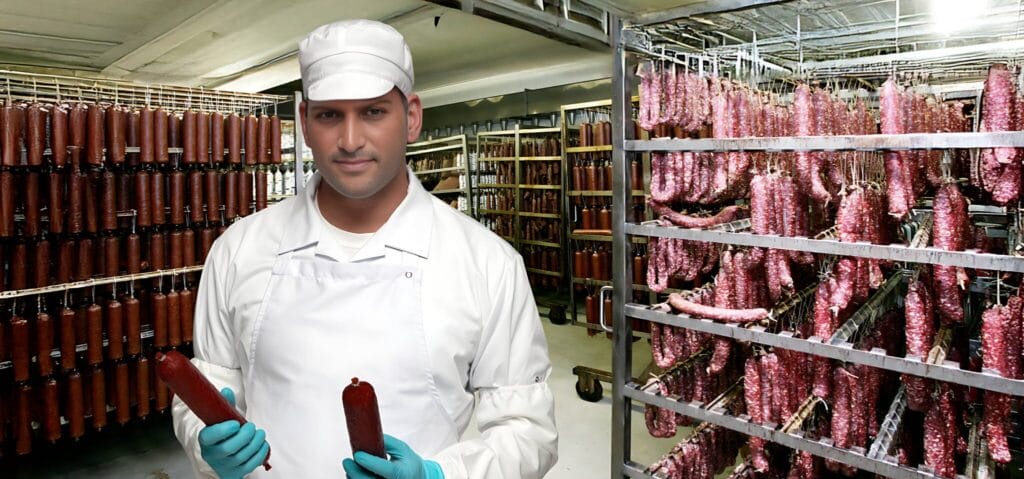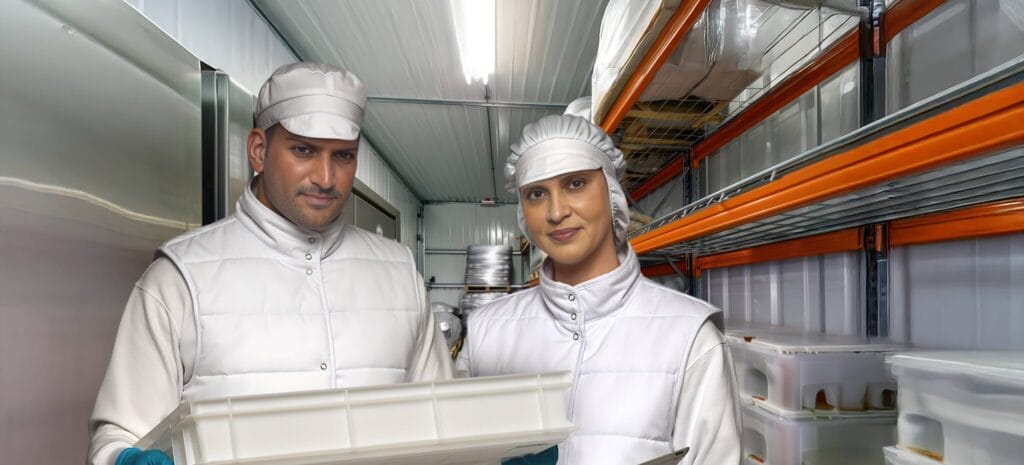
Overcoming hygiene and sanitation concerns in pharma
Hygiene and cleanliness are mandatory practices that every pharmaceutical manufacturing facility must implement and regulate. Proper hygiene is critical to control pharmaceutical contamination, ensure workplace safety and maintain high standards of product quality.
However, there are several bottlenecks that come in the way of maintaining hygiene in the pharmaceutical industry – not enough personnel training, poor facility design, inadequate documentation, improper material handling, and lack of monitoring. It is crucial to overcome these challenges and devise a definitive hygiene and sanitation strategy that is implementable across all stages of manufacturing.
Let’s understand the key practices to address hygiene concerns in the pharmaceutical industry.
A. Personnel cleanliness – a cornerstone of pharmaceutical hygiene
Contaminant transmission through personnel is one of the biggest challenges that pharmaceutical companies face. The primary reason behind this is lack of training and poor hygiene guidelines. Therefore, it is important to have an optimal workplace hygiene standard in place which should be clearly communicated and regulated through proper training. Here are some quick guidelines for personnel hygiene inside the pharmaceutical manufacturing facility:
- Wash and disinfect hands before entering the production unit or handling materials
- Workers must wear appropriate and adequate Personal Protective Equipment, including fully-sanitised body coverings, head caps, shoes, or gloves
- Do not eat, drink or store personal belongings inside the production unit, laboratory, storage, or high-sterile areas
- Workers must report infectious diseases or wounds to the supervisor before entering the facility
B. Workwear laundering – set benchmark for hygiene
Merely providing adequate workwear to pharmaceutical personnel is not enough. Ensure these are thoroughly cleaned and disinfected in compliance with industry-defined regulations. For this, companies need to have state-of-the-art in-house facilities or hire an approved contractor that has the resources and skill to provide high standards of workwear laundering services.
The following measures must be practiced to maintain workwear hygiene:
- Proper and efficient segregation of dirty and cleaned clothes
- Industry-standard workwear laundering services to facilitate rigorous cleaning and disinfection
- Effective supply of cleaned workwear in covers or contaminant-free bags
C. Proper housekeeping – keep your facility clean and safe
GMP provides a comprehensive list of housekeeping practices that must be implemented by every pharmaceutical company. This also focuses on efficient facility or storage design to allow efficient cleaning. Check out the following key points:
- Thoroughly check the premise and identify dirty spots or breeding areas of germs and pests
- The material of the floors, ceilings and walls should be washable
- Ensure the facility does not have stagnant or open water systems
- Machines and equipment must be so placed as to facilitate easy cleaning
- All tools, silicon pipes, tubes, etc. must be thoroughly cleaned when not in use
- The floors and walls should be smooth sans any holes or grooves where dirt and particles can accumulate
- After every use, the flooring must be efficiently scrubbed, cleaned and disinfected to prevent germs and contaminants
- The storage areas, walkways, loading and unloading units should be cleaned using laboratory-tested and safe solutions
- All waste materials must be regularly cleaned
- Maintain hourly housekeeping records
D. Production hygiene – ensure cleanliness, quality and safety
Inability to maintain high standards of production hygiene and non-compliance with statutory obligations can pose serious threats to your pharmaceutical company. To prevent this, it is crucial to implement the following cGMP-compliant hygiene practices:
- Use microbial filtered and sterile disinfectants to thoroughly clean and sanitise the production unit after every use
- Set up a controlled environment (cleanroom) for sterile pharmaceutical manufacturing which helps control the level of dust, microbes, aerosol particles, and chemical vapours
- Use hydrogen peroxide vapour generators to effectively clean and decontaminate the facility
- Make sure the cleaning equipment and tools meet cleanroom and sterilisation requirements
E. Documentation – hygiene performance monitoring means safety
Without proper documentation, there is no point having dedicated hygiene practices in place. Merely devising and implementing a strategy is not enough; pharmaceutical companies should also monitor and document how the hygiene standards are being practiced. Documentation is also important for due diligence.
All cleaning and decontamination records must be maintained in appropriate formats required by industry standards. These documents should be evaluated, updated and communicated to respective departments to help understand how hygiene standards are maintained in the company and what the responsibility of each worker is.
Conclusion
Good hygiene is critical to any pharmaceutical operation which helps ensure high levels of quality and safety of the medicinal products. Implementing the above practices will help you stay compliant, while achieving highest standards of hygiene in the pharmaceutical industry.
Lindstrom India helps pharmaceutical companies maintain effective personnel hygiene through professional workwear rental services. We practice high levels of quality-consciousness in manufacturing the most appropriate, clean and disinfected workwear that ensures employee safety and improved product quality. Taking hygiene standards a step further, we also provide cleanroom services that support pharmaceutical companies with hygienic production facilities and decontaminated garments.





